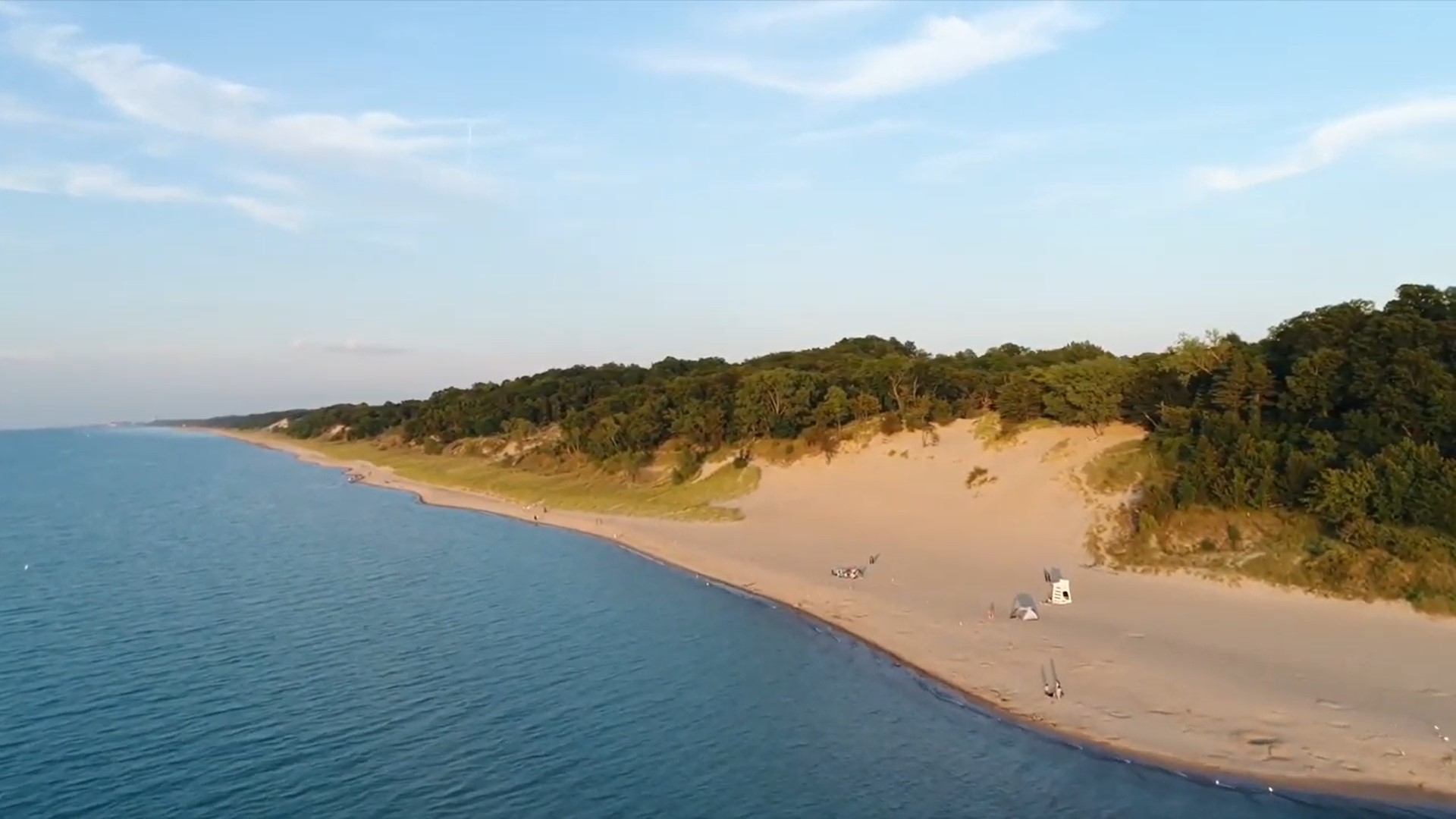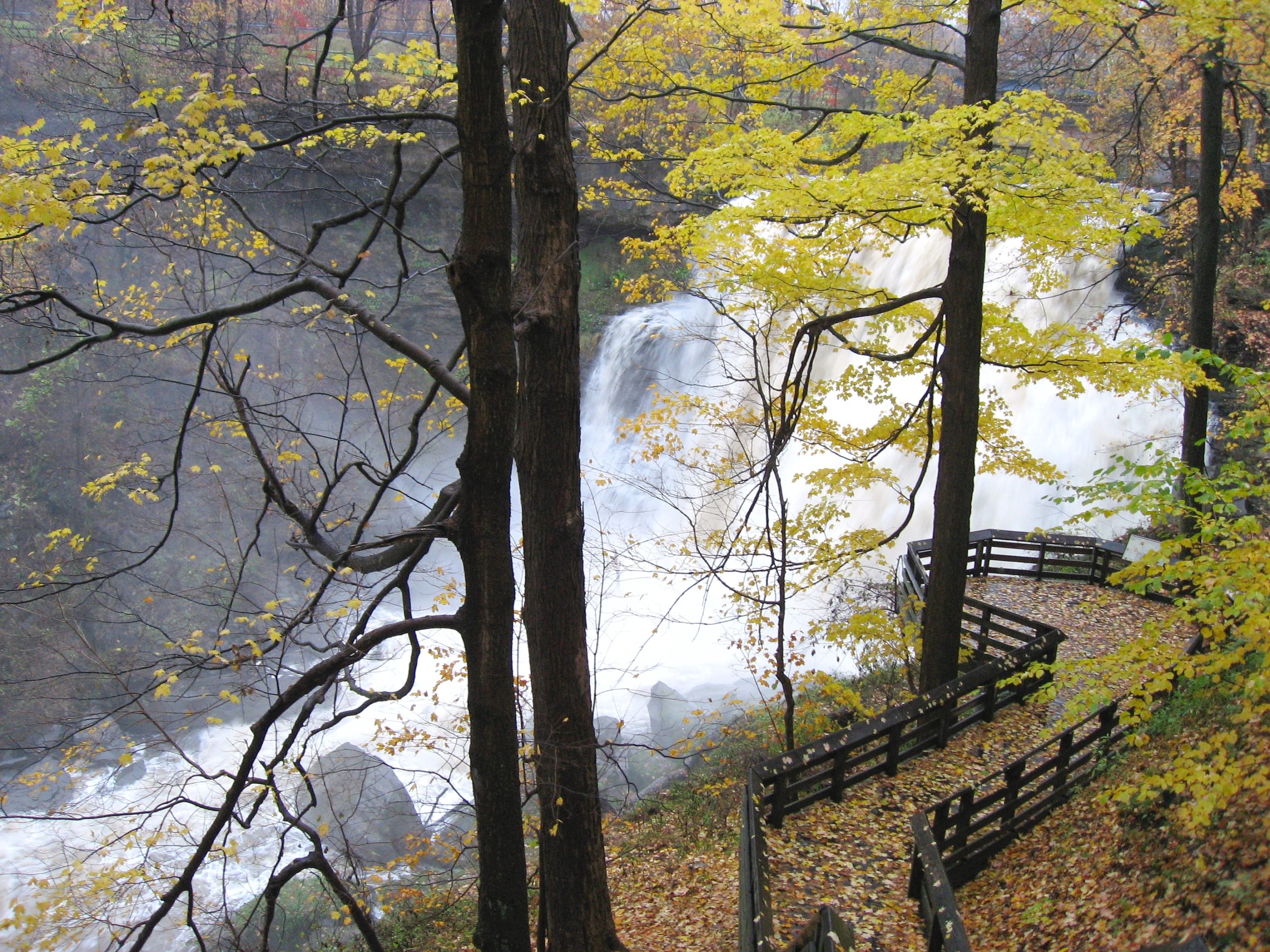
Pictured Rocks National Lakeshore beach campground site. Image: National Park Service
By Rachel Duckett
Parks around the Great Lakes are expecting a spike in visitation this season as the United States and Canada continue to distribute COVID-19 vaccines.
At Pictured Rocks National Lakeshore, the park campgrounds and backpacking sites are booked for the summer after a record 1.2 million visitors last year. According to park spokesperson Susan Reece, they are expecting even more visitors this year.
Now, park data shows overall national park visitation rising after dropping in 2020 to 237 million from the previous year’s 327 million.
“Visitation at national parks is increasing and expected to continue to grow through the summer,” The National Park Service (NPS) said in a statement last month. “Amid the pandemic’s recovery, many parks and business in and around nearby communities are still operating with reduced or limited services, schedules and staffing.”
In Canada, Ontario Parks has already received over 440,000 reservations in 2021, an increase of 140% from the same time in 2020, according to Ontario Parks spokesperson Megan Birrell.
To minimize public health risk and combat overcrowding, Ontario recently announced a three-step reopening plan: Roadmap to Reopen. The plan requires the province to remain in each step for at least 21 days before moving on to the next step, where they will lift further restrictions. Step one includes resumption of overnight camping and outdoor gatherings of up to 10 people.
Off the beaten path

Dueling bull moose touching antlers during the rut in Rock Harbor. Image: National Park Service/Kelly Morrissey
In lieu of rising visitation, the NPS is encouraging visitors to consider frequenting lesser-known national parks.
“There are more than 400 national parks across the country. We love exploring the lesser-known ones,” NPS said in last month’s statement. “They can be a great option for travelers looking for all the beauty of nature, hiking trails, and rich history, with fewer crowds and lines.”
Of these 400 parks, Isle Royale, surrounded by Lake Superior, is only accessible by ferry, seaplane or private watercraft. After an extended closure, Isle Royale is expecting closer to normal numbers this year as ferry services resume with limited capacity.
“All forms of transportation are operating this summer so visitors have more options this year. They are all requiring face masks,” said Isle Royale spokesperson Liz Valencia. “Also because Isle Royale is remote, people who have any COVID symptoms should consider postponing or canceling their trip because they will be a long way from help if their condition worsens.”
Even with limited visitors, according to Valencia, Isle Royale’s trail crew is busy rerouting trails and moving bridges while researchers monitor wolf and moose populations.
Leave only footprints
While parks like Isle Royale were closed to the public during the apex of the pandemic, other parks remained open.
Cuyahoga Valley National Park, Indiana Dunes National Park and Pictured Rocks National Lakeshore, three parks that remained open, all reported increased visitation during the pandemic, despite an overall drop in annual national park usage.

Indiana Dunes National Park. Image:Great Lakes Now Episode 1004
“Our park’s attendance hit record levels during the Covid pandemic due to several factors,” Indiana Dunes spokesperson Bruce Rowe said in an email. “First, our beaches, trails, and other outdoor areas never closed during the pandemic. All the beaches in Chicago and some in Indiana did close forcing people to come to the ones that were open.”
At Cuyahoga Valley, south of Lake Erie, there was also an influx of visitors in 2020, many of them visiting the park for the first time, after a brief drop in March and April.
“With 125 miles of trails, people really came out and took advantage of being able to be outdoors and it being one of the few things that you can do—visiting a park,” said Pam Barnes, Cuyahoga Valley spokesperson. “We were really happy to welcome new visitors.”
But on the south shore of Lake Superior, Pictured Rocks has seen more people feeding wildlife.
“Last summer people were throwing food to bears from their vehicles,” said Reece. “One of those bears was panhandling and was hit and killed by a car.”
At Cuyahoga Valley, park staff are trying to educate visitors about trail etiquette.

Brandywine Falls and observation area at Cuyahoga Valley National Park. Image: National Park Service/D.J. Reiser
“One of the things we’re grappling with is helping people who are maybe new to visiting parks understand why it’s important to stay on the trail and pick up after your pet,” said Barnes. “So some of the impacts we’re seeing is social trailing, where people want to shortcut from point A to point B, and trampling of plants, which we see a lot.”
As a result of this increased trail use, Cuyahoga Valley’s Buckeye Trail became extremely eroded and prone to mudslides, requiring a major 120-day trail improvement project.
Last year, Congress passed the Great American Outdoors Act, allocating $1.9 billion annually to the maintenance of national parks for the next five years. National park officials have estimated nearly $12 billion worth of overdue repairs to park infrastructure.
Despite juggling both the growing visitation and the park maintenance that comes with it, Great Lakes park officials like Pam Barnes are happy to see people enjoying nature.
“Now that there are a lot of people who can venture out without a mask on, it’s just really nice to see people smile,” she said.
This story was produced by a partnership between Great Lakes Echo and Great Lakes Now.